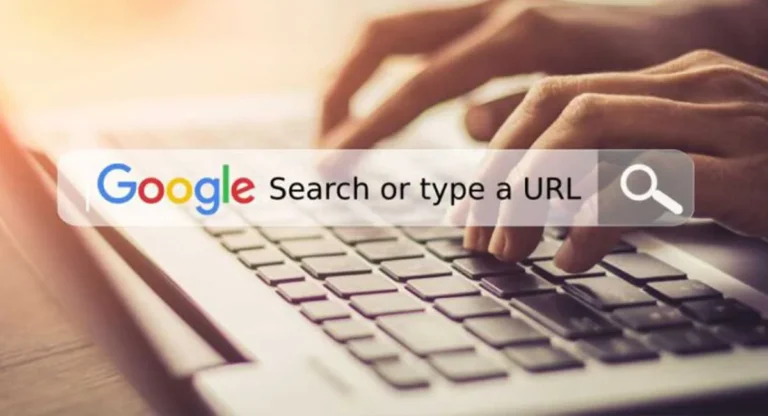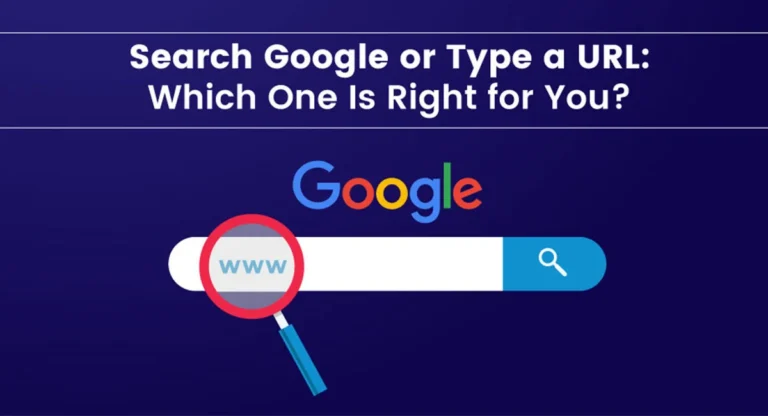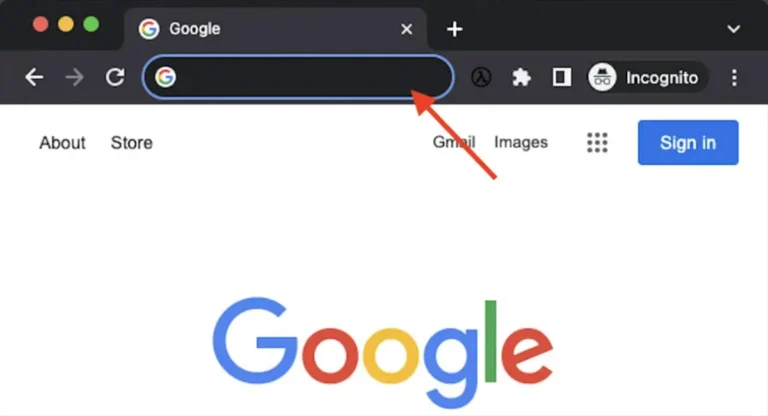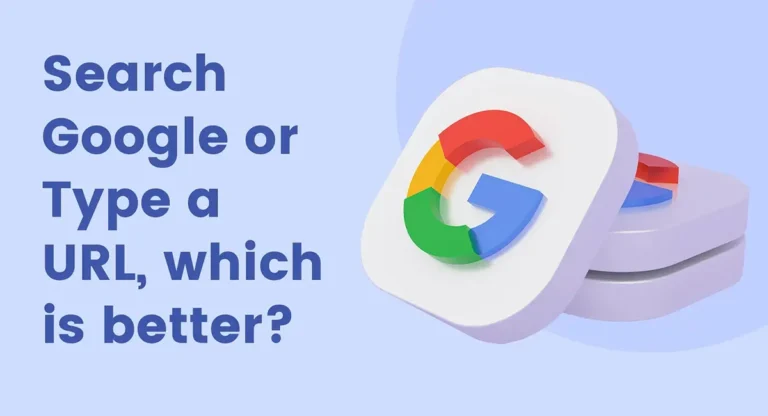Did you know that the average person conducts over three to four Google searches every single day? That amounts to more than a trillion searches globally each year! Whether we realize it or not, these searches often begin with a simple prompt in our browser: “Search Google or type a URL.”
Table of Contents

Navigating the internet has become second nature for most of us. Every time you open a web browser like Google Chrome, you’re greeted with a versatile tool known as the Omnibox—a combined search engine and address bar that offers you the choice to either “Search Google or type a URL.” But which option is better? Should you rely on Google’s search engine or directly type in the URL of a website? In this blog, we’ll delve into the nuances of both methods and explore their pros and cons, ultimately helping you decide which approach best suits your needs.

The Omnibox is more than just a simple address bar. Introduced by Google Chrome, it is a multi-functional tool that allows users to perform a variety of tasks, such as searching the web, entering a website’s URL, and even performing quick calculations or answering basic questions. With its smart algorithms, the Omnibox anticipates what you’re trying to do—whether you’re searching for information or heading straight to a specific website. The Omnibox can be particularly useful for quickly accessing your favorite sites, whether it’s a news portal or a website designing company
When you see the prompt “search Google or type a URL,” it might seem like a small decision, but it can significantly impact your browsing experience. Should you type in a full web address, or should you let Google do the heavy lifting by searching for you?

Using Google’s search engine has become a default habit for many. You enter a few keywords related to what you’re looking for, and Google instantly provides you with a list of relevant websites. This is particularly helpful when you don’t remember the exact URL of a site or when you’re exploring a topic and want to see multiple sources.
If you know the exact web address of the site you want to visit, typing the URL directly into the Omnibox can save you time and effort. This method bypasses search engines altogether, taking you straight to your destination.
The answer to this question largely depends on the situation and your specific needs at the moment. Here’s a breakdown to help you decide:

Whether you choose to search Google or type a URL, here are some tips to enhance your browsing experience:
In the debate between whether to search Google or type a URL, there’s no one-size-fits-all answer. Both methods have their own set of advantages and can be used depending on the context of your search. If you’re after quick, diverse results or you’re unsure of the exact site you’re looking for, Google Search is your best bet. On the other hand, if you’re heading straight to a known destination, typing the URL will get you there faster and more directly.
Ultimately, the key is to understand when to use each method for the most efficient and effective browsing experience. So, the next time you see that Omnibox prompt to “search Google or type a URL,” you’ll know exactly what to do.

1. What is Google URL search?
The URL Inspection tool informs you about Google’s indexed version of a specific page and allows you to test whether a URL is indexable.
2. What are the uses of Omnibox in Chrome?
An Omnibox is similar to a web browser address bar, but you can also use it like a search engine. The Omnibox in Google Chrome can also perform mathematical calculations and even answer general queries.
3. How do I open Google Omnibox?
To quickly open Omnibox, you need to:
Nirbhay Chauhan is a Performance Marketing and ROI Specialist with expertise in SEO, PPC, and media planning. With a passion for data-driven strategies, Nirbhay helps businesses scale by optimizing their marketing efforts to deliver measurable results. His extensive experience in driving online growth and maximizing ROI makes him a trusted partner for businesses looking to elevate their digital presence.